« Return to Teaching Modules
Lincoln Funeral Train
Introduction
The Lincoln Funeral Train lesson module will take place over the course of 3 to 4 class periods. Throughout the module, students will integrate technology use and historic research into a cohesive presentation. The crux of the research will be primary source document analysis. Aspects of spatial reasoning and mapping skills are woven into the lesson – using the trajectory of the Lincoln Funeral Train.This module has aspects that align with a project based approach. It engages students with the material and each other. Small groups will conduct the research, mapping, and present their findings as a unit. There is a consistent emphasis on finding a contemporary connection to the events surrounding the Lincoln Funeral Train.
Guiding Questions
- Why did Lincoln’s Funeral Train take its specific route?
- How did cities along that route react to his funeral? What did they do?
- How do other forms of media (art, music) depict the funeral train?
Objectives
- Students will collaboratively generate a detailed map of the Lincoln Funeral Train
- Students, in small groups, will present research on primary source documents
- Students will conduct rigorous research on a variety of primary source documents
- Students will understand and communicate the impact that Lincoln’s death had on the country
- Students will develop/reinforce an understanding of mapping skills
- Students will be able to see connection between Social Studies and STEM subject areas
Standards
- National Council of Social Studies’ C3 Framework for Social Studies State Standards (D2.Geo.1.9-12, D2.His.5.9-12, D2.His.16.9-12)
- NCSS National Curriculum Standards for Social Studies (People, Places & Environments; Time, Continuity & Change)
- Common Core: CCSS.ELA_LITERACY.RH.9-10.1
- Common Core: RH.9-10.6
- National Council of Teachers of Mathematics (1.3.1)
Procedure
Lesson Activity One: Reactions & Distance
Lesson Activity Two: Small Groups, Distance, and Reactions
Lesson Activity Three: Presentations and “The Lonely Train:
Read More »
- Students learn about the route Lincoln’s Funeral Train took
Lesson Activity Two: Small Groups, Distance, and Reactions
- Students research databases for pictures and news articles in assigned cities along the funeral train route
Lesson Activity Three: Presentations and “The Lonely Train:
- Groups present their research to the class and afterwards, the class will compare their research to the song, “The Lonesome Train.”
Read More »
Materials
- Introduction (.pdf)
- Unit Plan & Activities (.pdf)
-
Grade Level
9 to 12
-
Timeframe
2 to 3 classes (45 min/period)
-
Class Subject
History
-
Skills
Primary Sources
-
Teacher Information
Kevin Wagner
Carlisle High School
9, 11, 12
U.S. History (College Prep), Advanced Placement U.S. History
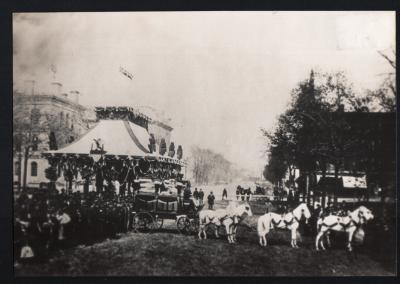
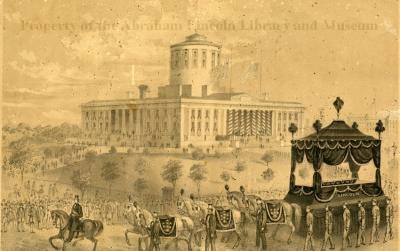
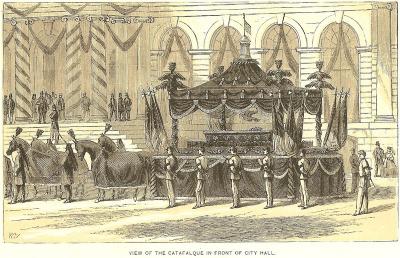
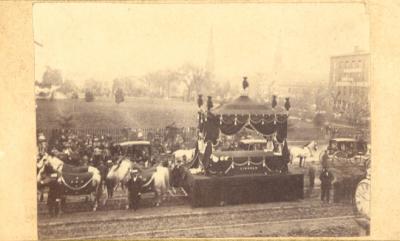

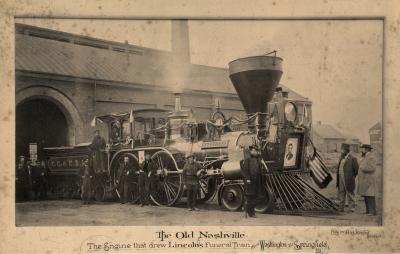
![Account of Lincoln's Funeral in Washington, D.C.[Detail]](https://rememberinglincoln.fords.org/sites/default/files/styles/square/public/DC%20account%20of%20funeral.jpg)
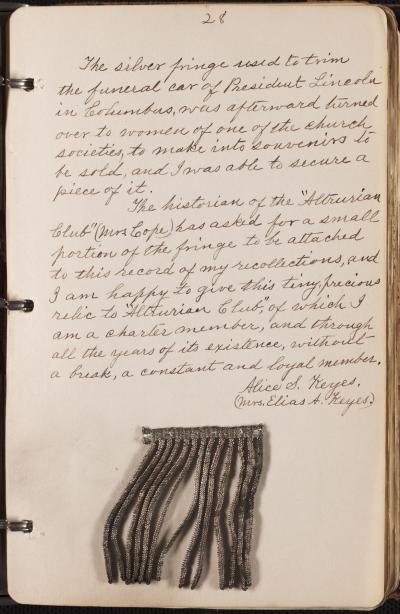
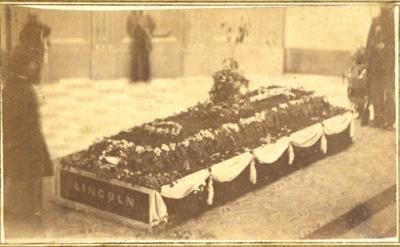
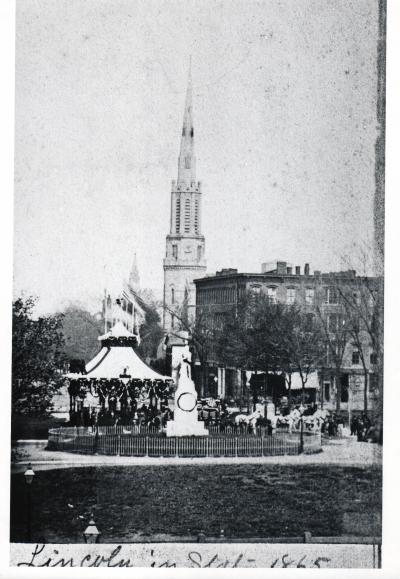
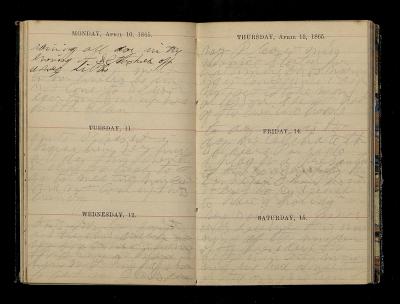
![American Telegraph Company telegram of W.P. Smith, Balio. [Baltimore], to Hon. Geo. Harrington [Geo. Harrington], 301 D St., April 18, 1865](https://rememberinglincoln.fords.org/sites/default/files/styles/square/public/A0653_32_1.jpg)
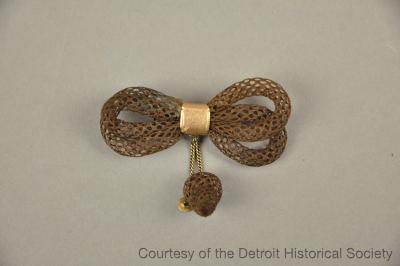

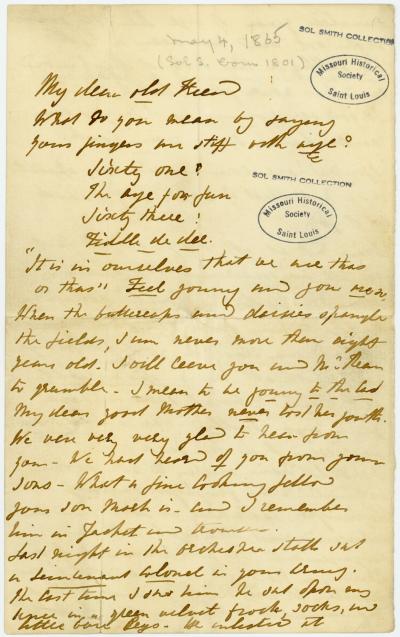
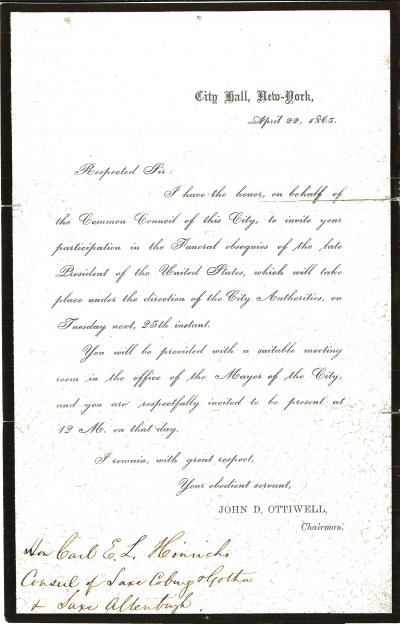
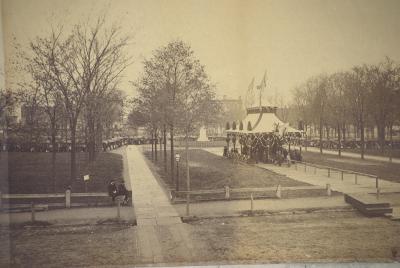
![Partial letter of Nellie Blow, New York, to Dearest Mother [Minerva Blow], April 21, 1865](https://rememberinglincoln.fords.org/sites/default/files/styles/square/public/Nellie%20Blow%20Letter%201.jpg)